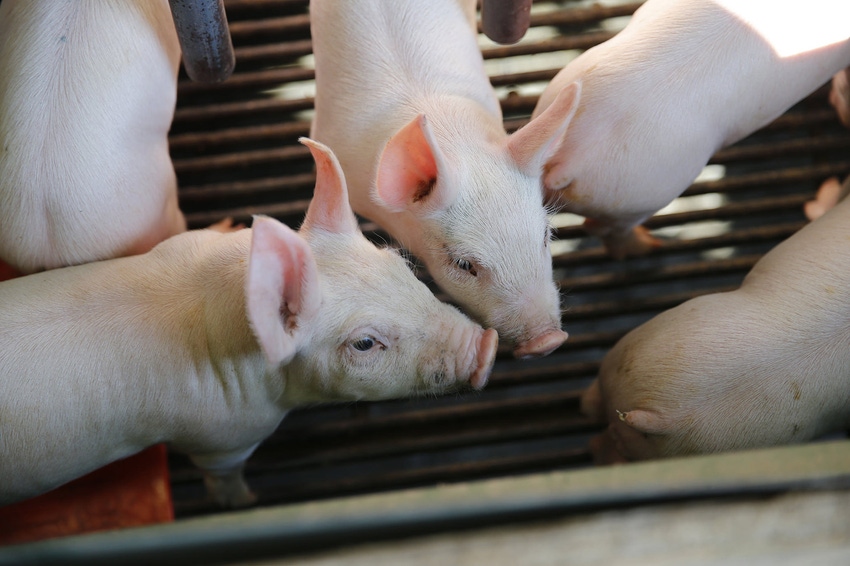Vaccination, weaning can contribute to IAV spread on swine farms
Hands of the farmworkers handling the infected 3-week-old piglets had a 91% contamination rate, while their clothes had a 97% contamination rate.
June 15, 2023

New research led by researchers at the University of Minnesota College of Veterinary Medicine reveals that farmworkers vaccinating and weaning 3-week-old piglets can indirectly and significantly contribute to the spread of the influenza A virus on swine farms. This information can help pig producers target biosecurity measures more strategically, curbing swine flu transmission and enhancing swine production outcomes.
Flu limits the growth rate of young pigs, causing great financial losses to farmers and food security issues worldwide. IAV can also infect humans, leading to serious illnesses that have the potential to cause a pandemic. This two-way transmission of IAV between pigs and humans helps the virus evolve and evade vaccines. So, research clarifying how IAV spreads can help protect the pig industry and avoid pandemics.
Researchers, pig producers and farmworkers alike know that handling infected pigs can carry and spread IAV. Farmworkers already take stringent precautions when handling infected pigs, but pinpointing which farm management activities most foster IAV's spread can help them better understand when pigs are most infectious, and better focus their mitigation efforts.
In this study, the scientists collected and tested samples from farmworkers' hands and clothes before and after the workers performed piglet processing, which takes place in the first few days of the piglets' lives. The researchers also collected and tested samples from farmworkers again after vaccinating and weaning the piglets, which happens when the pigs reach about 3 weeks of age.
Only about 16% of the samples collected immediately after piglet processing tested positive for IAV, while 96% of the samples collected after vaccination and 94% of the samples collected after weaning tested positive. The hands of the farmworkers handling the infected 3-week-old piglets had a 91% contamination rate, while their clothes had a 97% contamination rate, and the scientists found live virus on both surface types.
"Results from this study should help producers and veterinarians to design more effective measures to control diseases in pigs and prevent flu virus transmission between pigs and people," says Montse Torremorell, interim chair and professor in the Department of Veterinary Population Medicine at the CVM, who led the study.
Read the full study in Porcine Health Management.
You May Also Like



